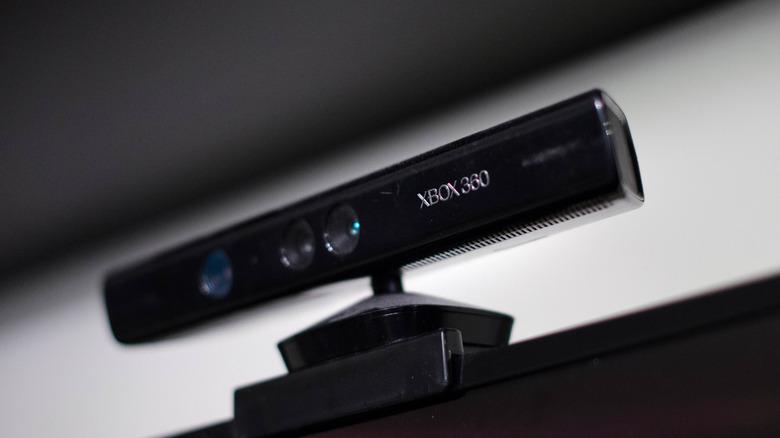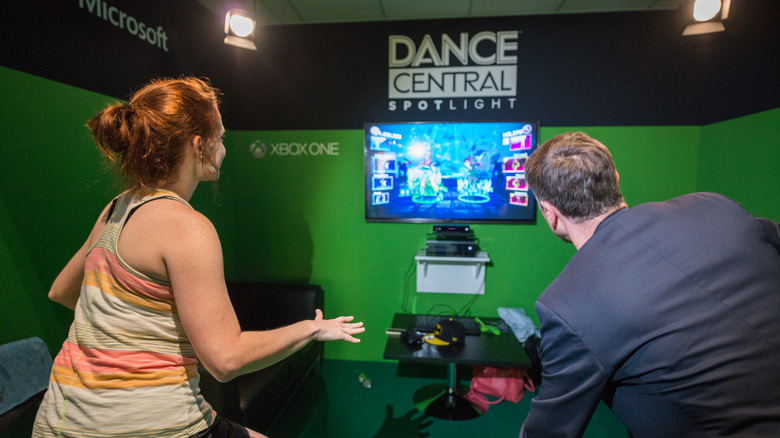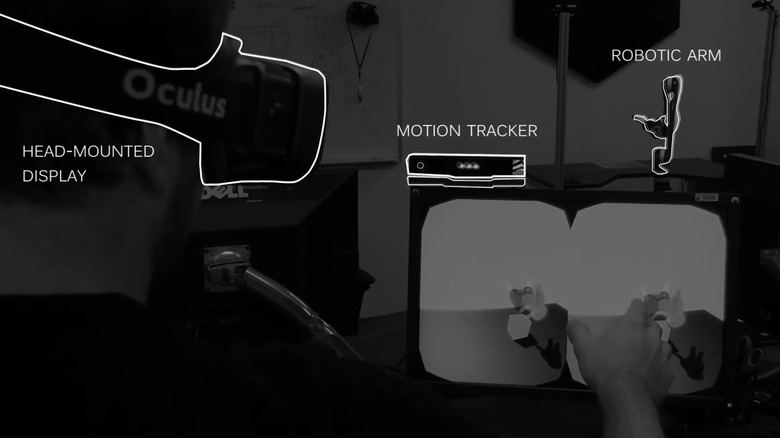Xbox Kinect May Be Dead, But Its Spirit Lives On In These Devices
Anyone remember Xbox Kinect? It was this strange-looking motion-sensing peripheral for the Xbox 360, and later Xbox One, which used a camera to track the gamer's movements. First unveiled at E3 2009 as Project Natal, the demo centered around a character named Milo that the user could interact with in real-time, including on-the-fly generated responses, facial expression analysis, and more. But by its November 2010 release, Microsoft had dialed Kinect back to the rough equivalent of a webcam used to turn your body into a controller.
Kinect was basically Microsoft's answer to what Nintendo did with the Wii, while Sony also had its own proprietary camera, called the PlayStation Eye, one of several forgotten PS3 features. So, by the 2010s, every console had a horse in the motion control race. Microsoft's take on it, however, was sensational, becoming the fastest-selling gaming peripheral ever released.
Fast forward to 2025, and the Kinect has largely faded into obscurity as far as the Xbox is concerned. Microsoft discontinued the Kinect sensor in 2017, before ceasing production of its adapter in 2018. Kinect was, in reality, quite pioneering for its time, and the release of the Kinect SDK in 2011, followed by the open-source code, led to a range of non-gaming uses, including everything from creating art to allowing unmanned vehicles to navigate, from medical equipment to security cameras in the Korean DMZ. And while the hardware is dead, Microsoft didn't abandon it — instead, the technology morphed into Azure Kinect DK, a more generalized format using the same principles. Let's dive deeper and explore this quirky little camera and what it's doing.
How Kinect works
While it might seem simple on the outside — it's a camera that lets you use your body to control a game — it's actually quite complex if you think about it. How does Kinect know what's your body and what isn't? How can it detect your movement versus, say, a fan's? In short, it operates in two stages: First, it uses a specialized camera to detect the room's depth, from which it creates a 3D map, using a speckle of infrared laser light to reconstruct the room in its "brain." Then it uses machine learning to compare known skeletons and sense where you are and what you're doing.
To put it another way, this piece of technology represented a generational leap in motion-capture cameras for its day. It takes a 2D image and utilizes its sensors plus a randomized decision forest to determine what pixels are behind other pixels. This allowed it to build an image with real depth, all for around $150 at retail — and marketed as a gaming peripheral, of all things.
Business-wise, the Kinect was less impressive than its technical specifications and price point. To people at the time, it was a motion-sensing controller without having to hold the sticks like a Wii, but it entered a market that had been monopolized by Nintendo for years by that point. Plus, a lack of games and support meant it simply fizzled out by the time it was unceremoniously discontinued, at least in its original role. It was later incorporated into Azure, the cloud service considered one of Microsoft's most important moments, ensuring that Kinect's legacy didn't die with the original product.
Modern-day uses of Kinect
Microsoft released much of Kinect's source code to the open-source market in March 2013, allowing developers to utilize the technology to create bespoke applications. Even today, its code is readily and freely available online.
Kinect code found its way into multiple disciplines, ranging from scientific to military and everything in between, with a few noteworthy mentions. For example, Kinect technology has monitored the Korean border, its sensors used to detect human beings and alert perimeter outposts. NASA even conducted studies into incorporating Kinect technology into engineering projects and experimented with using Kinect's motion sensor technology to control robotic arms. Kinect also infiltrated the ranks of the U.S. military, being used as an aid in virtual training regimens. It's even been used by ghost hunters to detect paranormal entities, supposedly by utilizing its learning software. Artists have also used Kinect to create visual and movement-based works, such as the "Connected World" exhibit that opened at the New York Hall of Science in 2015.
The fact that such a legacy came out of what's ultimately a failed gaming peripheral that Microsoft swept under the rug almost a decade ago is quite amazing. It's not the weirdest thing Microsoft has ever made — in fact, it doesn't even hit our list of the company's strangest products — but it's certainly one of the most useful.


